Pressure Process Control Trainer
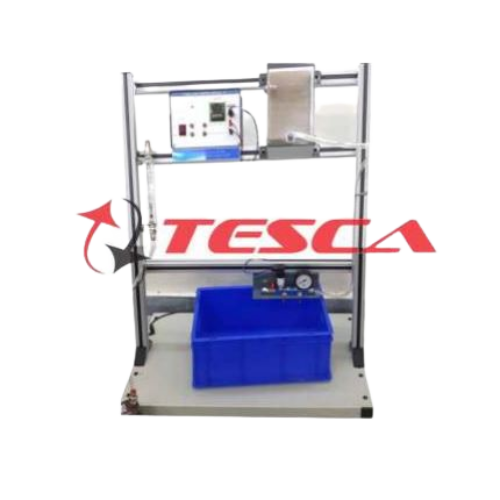
Order Code: 22235427.2.14
Category: General Lab Equipment I
The pressure process control training system is a single loop pneumatic control system. It enables the study of the principles of both pressure regulation of a process and the control of flow in a pressurised system. The system comprises a low-pressu...
SPECIFICATION
The pressure process control training system is a single loop pneumatic control system. It enables the study of the principles of both pressure regulation of a process and the control of flow in a pressurised system. The system comprises a low-pressure air circuit supported on a bench-mounted panel, making it suitable for individual student work or for group demonstration. The trainer requires a compressed air supply at a recommended input pressure of 40 psi (not supplied). An input filter/drier is used to clean the supplied air.
Separately regulated branches provide air for the process and for valve control. The process branch comprises a regulator, a variable area flow meter, a pneumatically operated control valve, an orifice block with changeable orifice plates and both differential and point of measure pressure sensors. The process air flow can be discharged to atmosphere via adjustable diffused outlets. An air receiver tank can be switched in and out of the circuit. The valve control branch comprises a regulator and an electrically operated current to pressure input converter. This is used to regulate the pneumatic control valve in the process line. The input converter operates from a 4-20 ma signal. Signal conditioning for the sensors is provided by pressure transmitters. The differential pressure transmitter gives a linear differential pressure sensor output. The system is fully equipped with pressure gauges to indicate the pressures around the system.
Curriculum Coverage:
- Pressure safety, familiarisation & calibration
- I/p converter & pneumatic control valve operation
- Controller familiarisation & calibration
- Automatic control systems
The pressure process control training system is a single loop pneumatic control system. It enables the study of the principles of both pressure regulation of a process and the control of flow in a pressurised system. The system comprises a low-pressure air circuit supported on a bench-mounted panel, making it suitable for individual student work or for group demonstration. The trainer requires a compressed air supply at a recommended input pressure of 40 psi (not supplied). An input filter/drier is used to clean the supplied air.
Separately regulated branches provide air for the process and for valve control. The process branch comprises a regulator, a variable area flow meter, a pneumatically operated control valve, an orifice block with changeable orifice plates and both differential and point of measure pressure sensors. The process air flow can be discharged to atmosphere via adjustable diffused outlets. An air receiver tank can be switched in and out of the circuit. The valve control branch comprises a regulator and an electrically operated current to pressure input converter. This is used to regulate the pneumatic control valve in the process line. The input converter operates from a 4-20 ma signal. Signal conditioning for the sensors is provided by pressure transmitters. The differential pressure transmitter gives a linear differential pressure sensor output. The system is fully equipped with pressure gauges to indicate the pressures around the system.
Curriculum Coverage:
- Pressure safety, familiarisation & calibration
- I/p converter & pneumatic control valve operation
- Controller familiarisation & calibration
- Automatic control systems
- Serial communication
- Pressure sensor
- Transmitter & i/p converter - linearity & hysteresis
- Pneumatic control valve
- Characteristics at different pressure ranges
- System response & air receiver
- Principles of proportioning valve & proportional process control
- Study of p, pi and pid control of pressure
- Calibration of the differential pressure sensor & transmitter
- Flow control in the process rig
Features:
- Safe, low pressure operation
- Fully gauged for pressure & flow rate
- Differential & gauge pressure sensors
- Current controlled (4-20 ma) pneumatically operated control valve
- Standard industrial components
- Self-sealing outlets for the manometer
- Safety valves fitted as standard
- Air used as the process fluid
- Comprehensive experiment manual
Technical Data:
- 4-20 MA Operation
- Dimensions (Net): Width 900 mm x Depth 460 mm x Height 720 mm
- Weight: Gross 110 kg, Net 72 kg
The software is used extensively within the telecommunications, control and basic electronics ranges. The teaching content is provided within the software; this includes the underlying theory, written so that it does not make extensive use of mathematics. An important part of the content is to highlight the assignment learning objectives and to convey relevant background to the student. Consequently, the student is well prepared for the practical work using the hardware, and can put the results into perspective. The software operates so that its appearance and the range of instrumentation depend on the context. So, for example, if the practical-work requires the use of complex instrumentation such a constellation or a phase meter, one is made available, whereas at lower levels of study it would not be provided. Test instruments are initialised with settings suitable for the required measurements, but students are often expected to change them during the practical work. The instruments have cursors to make measurements and their displays may be printed or exported for inclusion in laboratory reports. The software package now includes the software tools. This allows teachers and lecturers full edit facilities with the creation of new content and additional assignments. Laboratory architect determines the range of assignments available to the students and to configure the look and feel of the the software environment. Assignment builder creates new or edits existing laboratory assignments and configures the test equipment. Content is edited using any html editor or microsoft word. Winwiz creates and edits work board „patching“ diagrams. It also configures test equipment monitor points and „further information“ points on the practical diagrams. Practical diagrams are edited by microsoft visio. (visio is not supplied as part of the software) manual builder creates a version of the content ready formatted for printing. Free of charge online software updates are included. The software creates complete courses containing assignments from any of the installed the software products plus external resources such as documents, multimedia material, third party programs, web urls, or locations on local intranets. Includes course designer and course presenter.
Features:
- Now includes the software tools
- Allows teachers & lecturers full edit facilities
- New content & additional assignments
- Free of charge online software updates
- Hands off for teachers, hand on for students
- Self-paced
- Unrestricted, open learning environment
- Practical demonstration of theory & concepts
- Interactive patching diagrams
- Real-time embedded instrumentation
- Automatic instrumentation configuration
- Data export for analysis
- Usb connection to hardware
- Editing tools include laboratory architect, assignment builder, winwiz & manual builder
- Compatible with 32-bit &-64 bit versions of windows xp, vista, windows 7 & windows 8

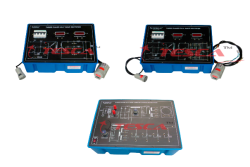
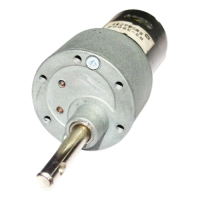
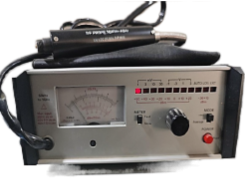
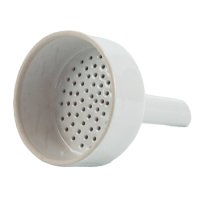
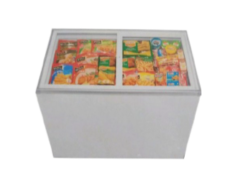
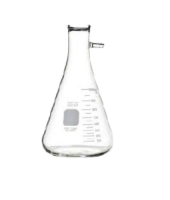
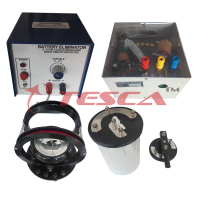
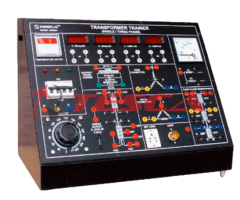
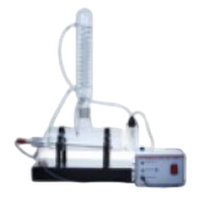

 91-9829132777
91-9829132777